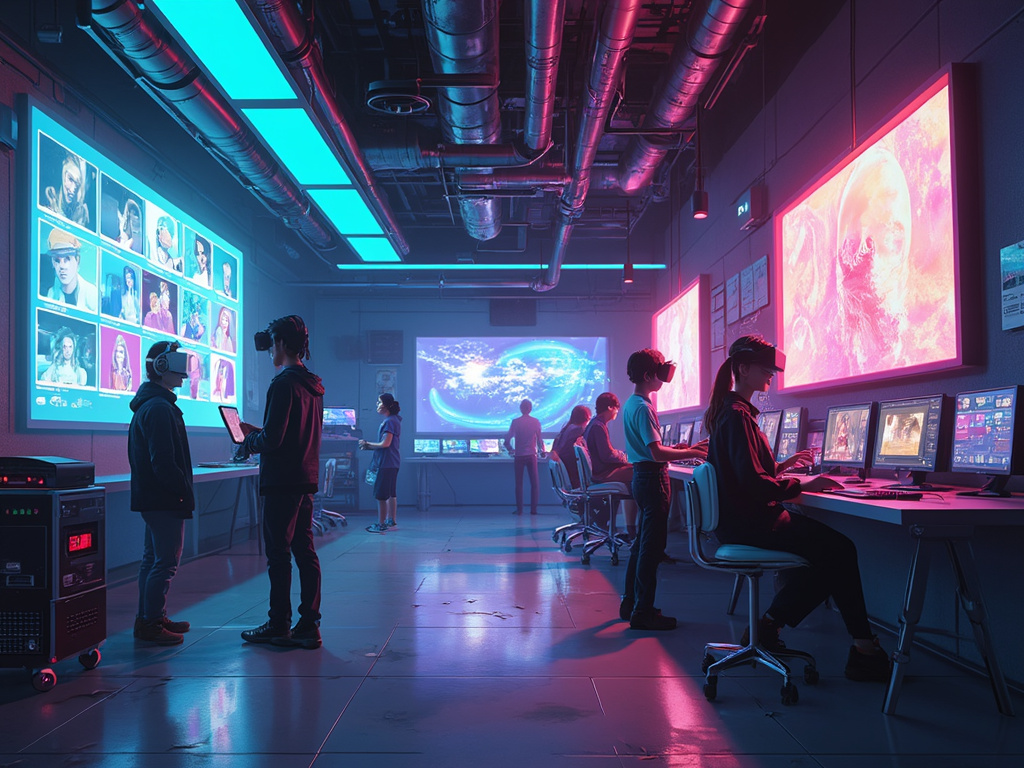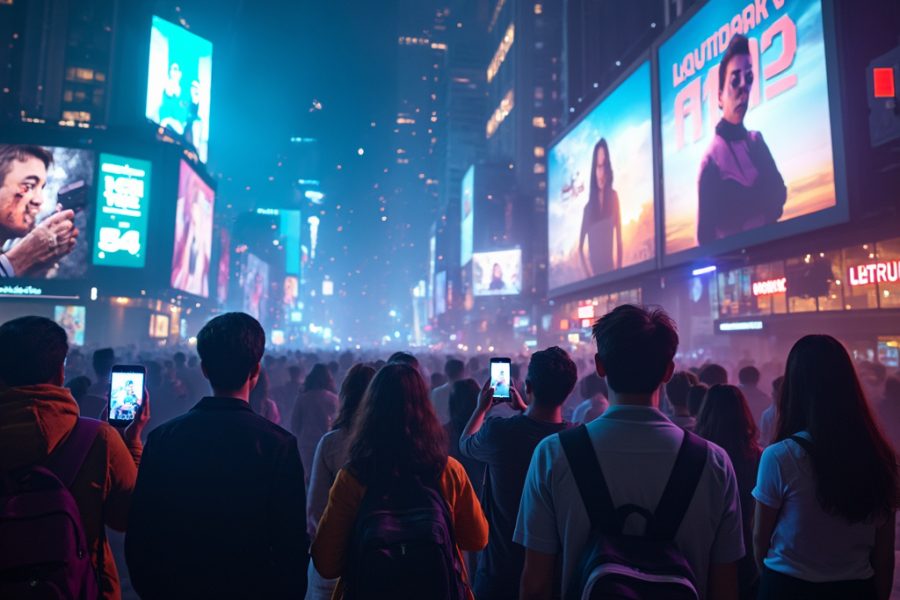The evolution of film technology
The film industry has undergone a remarkable transformation since its inception, driven by continuous innovation in cinema. From the early days of silent films to the advent of sound and colour, each technological advancement has reshaped how stories are told on screen. The introduction of digital filmmaking has revolutionised production processes, allowing filmmakers to capture high-quality visuals with greater efficiency and at a lower cost. This shift has not only democratized filmmaking but has also opened the door for a new generation of creators to share their unique voices and perspectives.
Moreover, the evolution of film technology has led to the development of sophisticated editing software and visual effects tools. These innovations enable filmmakers to push the boundaries of creativity, crafting visually stunning narratives that captivate audiences. As we look back at the history of cinema, it is evident that each technological leap has played a crucial role in shaping the art form, paving the way for the immersive experiences we enjoy today.
Impact of streaming on traditional cinema
The rise of streaming services has significantly altered the landscape of traditional cinema. With platforms like Netflix, Amazon Prime, and Disney+ offering vast libraries of films and series, audiences now have the luxury of watching their favourite content from the comfort of their homes. This shift has led to a decline in box office revenues, prompting many industry experts to question the future of theatrical releases. As a result, filmmakers are increasingly exploring new distribution models that cater to the evolving preferences of viewers.
Despite the challenges posed by streaming, it has also created opportunities for independent filmmakers to reach wider audiences. Many cult classics and indie gems that may have struggled to find a theatrical release are now gaining recognition through these platforms. This democratization of content distribution allows for a more diverse range of stories to be told, enriching the cinematic landscape and providing viewers with a plethora of choices.
The role of virtual reality in storytelling
Virtual reality in film is an exciting frontier that is beginning to redefine how stories are experienced. By immersing viewers in a 360-degree environment, filmmakers can create a sense of presence that traditional cinema cannot replicate. This technology allows audiences to engage with narratives in a more interactive manner, fostering a deeper emotional connection to the story and characters. As VR technology continues to advance, we can expect to see more innovative storytelling techniques that challenge conventional cinematic norms.
Moreover, the integration of virtual reality in film opens up new avenues for creative expression. Filmmakers can experiment with non-linear narratives and interactive elements, allowing viewers to influence the direction of the story. This shift towards immersive storytelling not only enhances the viewing experience but also encourages a more active participation from audiences, making them co-creators in the cinematic journey.
Future trends in film production
The future of film production is poised for exciting developments, driven by advancements in technology and changing audience preferences. One notable trend is the increasing use of virtual production techniques, which combine live-action filming with digital environments. This approach, popularised by projects like “The Mandalorian,” allows filmmakers to create stunning visuals while minimising the need for extensive location shoots. As this technology becomes more accessible, we can expect to see a surge in visually ambitious projects that push the boundaries of imagination.
Additionally, the rise of remote collaboration tools is transforming how filmmakers work together. With teams spread across the globe, digital platforms enable seamless communication and collaboration, allowing for a more diverse range of voices to contribute to the filmmaking process. This shift not only enhances creativity but also fosters inclusivity, ensuring that stories from various cultures and backgrounds are represented on screen.
How AI is reshaping filmmaking
Artificial intelligence is making significant inroads into the film industry, reshaping various aspects of filmmaking from pre-production to post-production. AI-driven tools are being used for script analysis, helping writers identify potential plot holes and character development issues. This technology can also assist in casting decisions by analysing actor performances and audience preferences, ensuring that filmmakers make informed choices that resonate with viewers.
Furthermore, AI is revolutionising the editing process, enabling faster and more efficient workflows. Automated editing software can analyse footage and suggest cuts, allowing editors to focus on the creative aspects of their work. As AI continues to evolve, its potential to enhance storytelling and streamline production processes will undoubtedly play a pivotal role in the future of cinema.

